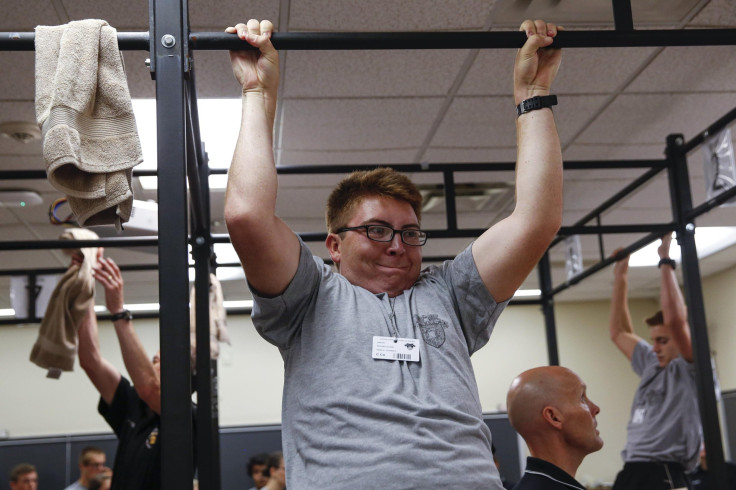CDC Exercise Study 2014: Does The Center For Disease Control Think You're Lazy? [REPORT]

The Centers for Disease Control and Prevention, the federal agency that combats deadly diseases by studying both flesh-eating viruses and potato chips, recently released its latest assessment on physical activity in America. The agency found that 23 percent of Americans don’t exercise enough and another 25 percent don’t at all. While changing statistic methods make comparison imperfect, the people who weren't exercising haven’t budged. The number has remained steady since the last report in 2010 and is actually well ahead of the CDC’s goals for 2020. Instead, the report focuses on urging states to adopt policies and programs to get people off the couch and on addressing the unhealthy disparity of inactivity that has grown between regions.
“More work needs to be done to increase access to opportunities to be physically active,” the CDC states in its report. “Being physically active is one of the most important steps that Americans can take to improve their health.”
It's certainly a step Americans should consider taking. In 2012, cardiovascular disease killed 26.6 million people in the U.S. More than 29 million people have diabetes and 89 million have prediabetes. And for the last 20 years, the rate of obesity has increased, especially among children. The CDC reports that one out of every three Americans is obese. The right dose of physical activity can help prevent and manage each of these public health concerns.
While most states have taken action to make it easier to stay physically active, according to CDC data, many have only partially implemented the recommended initiatives, like building bike lanes and jogging paths, creating more accessible places to exercise and drafting guidelines on physical fitness in school from the length of recess to the sports taught in physical education.
One initiative, the joint use agreement, coordinates programs at local recreation facilities that adults wouldn’t normally have access to like high school gyms and fields. Research conducted by the CDC as early as 2008 suggests that these kind of common sense arrangements can provide a safe place to exercise in dangerous neighborhoods and can also greatly increase the chance that locals will exercise. However, only 20 states have established these programs.
And there is a link between these kinds of initiatives and physical activity. Those that haven’t taken any of the recommended steps generally rank higher in inactivity, among both adults and children. Many of these states also have less parks and community centers, and limited access to the ones that they do have. And most are clustered in the South, the same ones that consistently rank among the highest rates of obesity, heart attack and diabetes.
Alabama, for example, has both the highest number of inactive adults and the third most inactive youth in the country. And only 15 percent of parks and recreation facilities in the state are within walking distance, less than half of the national average.
The CDC report advises every state health department to create more safe and accessible places to exercise and continue to embrace proven strategies to help improve the fitness and health of all Americans. As obesity rates continue to reach epidemic levels, along with the grave health consequences that go along with them, getting off the couch may be the most important step.
© Copyright IBTimes 2024. All rights reserved.




















